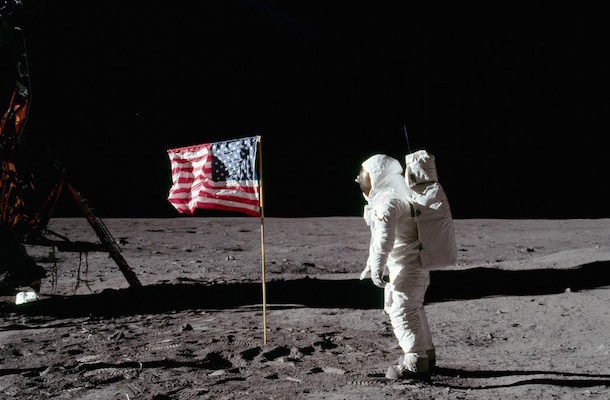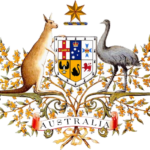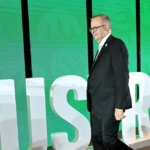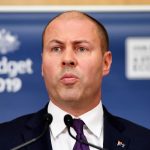
Donald Trump wants to go back to the Moon – and then onto Mars. He recognises that, with space, he is backing a winner. Professor Trevor Ireland, of the ANU Research School of Earth Sciences, looks at how supporting Australia’s space agency could lead to equally great outcomes for Australia.
So, Donald Trump wants to go back to the Moon, and then on to Mars. This is pretty exciting for planetary scientists. But also to anyone in society who has “where were you” moments and memories; when man first walked on the moon, when Curiosity landed on Mars, when Deep Horizons flew by Pluto, or, ten years of Cassini at Saturn. These images are alive to us. They lift us with the natural instincts of discovery, the thrill of the unknown, and travel to distant unrecognisable worlds in the solar system. We love it.
But why is Planetary Science so exciting to a politician. President Trump realises several things in his announcement. Space travel is exciting. Space is a driver of innovation. Space makes business sense. These concepts should also be on hand as Australia looks to develop its own space agency.
After JFK announced that mankind was going to the moon, the USA pumped nearly 4% of GDP funding in to the space program to make it happen. And happen it did. Those of us old enough will never forget the monumental dedication and sacrifice of individuals to make it happen. It wasn’t just financial cost, astronauts lost their lives on the launchpad. But, the images (and audio) of a Saturn V liftoff, the images of the Earth rising behind the Moon, the thrill of getting the astronauts home with lunar samples, these live on in perpetuity. After Apollo, US funding for space has fallen to 0.5% of GDP but this still equates to some $19B for FY2017.
This is a lot of money, but, this budget realises a significant financial benefit to the American people. The 1971 MRI Global study of the economic benefits of the Apollo program concluded “the $25B spent had realised benefits worth over $50B and will continue to provide benefits through 1987 to a level of $180B”. So the space missions had a big impact on the economy of the USA. And, it is probably one of the only areas of the US budget that has broad support from the people and politicians of the USA.
It is extremely unlikely that the Australian Government will commit funding to a level of 0.5% GDP to the new Australian space agency. To put that into perspective, for the 2017 Budget this would be over $2B. And, it would be difficult to justify such a contribution starting from, what is essentially, scratch. Indeed, Australia does not have a launch capability, which is a major cost to the NASA budget. And, it must gather momentum. Much of the talk thus far concerns the Australian space industry making cube-sats, placing eyes on Australia in the sky, and Defence presence in space. These are good applications, but they are also just downward looking.
A space budget for Australia has to be looked at more holistically than simply facilitating technologies of direct industrial and financial benefit to the current Australian economy, or of simply subsuming space science into defence. This would, and should, be a hard sell to a public craving involvement in space.
Planetary science is an important component of space research, and it is a direct driver to technological development in the space programs. Synergy between scientists and engineers drives innovation. Those technological benefits, whether it be improved communications, reduction in size mass and energy consumption of devices, drive mechanisms, all have carry on effects and benefit societies globally. Australians are actively involved in technological development for space missions, as well as engaging scientifically at a number of levels of externally led and driven missions. But this activity is largely driven through individual engagements of scientists and engineers, and a few companies, trying to take advantage of the opportunities that are out there. And there is much happening in space. Next year JAXA Hayabusa 2 and NASA Osiris REx will go into orbit around a type of asteroid that potentially brought the seeds of life to Earth. Hayabusa is scheduled to return to Earth, coming into Woomera in 2020. Australians are part of these missions. Government leadership in this area does not need to cost much, but having a space agency will facilitate Australia’s access to space.
Donald Trump recognises he is on a winner with space. On a good day, it can almost attract as much media attention as he can. But, space is not just about political or financial opportunity. The drive for mankind in space is existential. Let’s look up to Australia’s part in it.














